
Yesterday I visited the Udvar-Hazy Center of the Smithsonian Air & Space Museum in Chantilly, VA. There I found this demo rechargeable pacemaker being displayed as a spinoff of NASA’s technology with the following explanation:
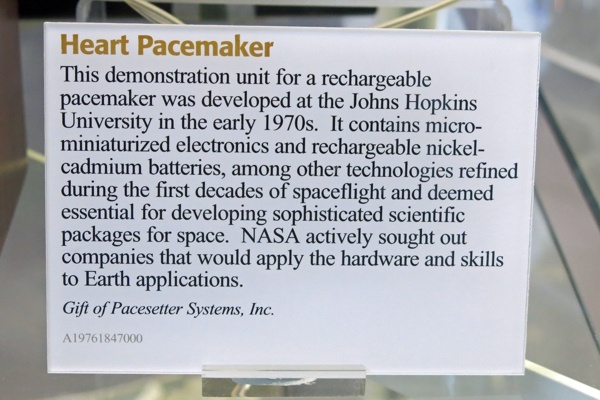
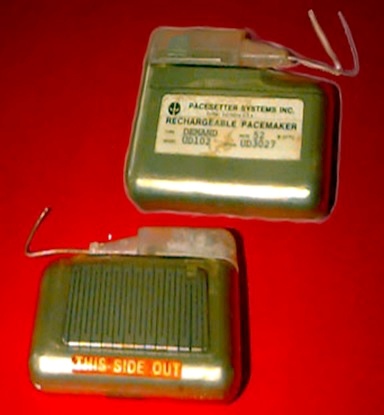 I can’t remember exactly where I found the picture of a Pacesetter model BD102 VVI, but the story behind it is documented by Kirk Jeffrey in “Machines in our Hearts”:
I can’t remember exactly where I found the picture of a Pacesetter model BD102 VVI, but the story behind it is documented by Kirk Jeffrey in “Machines in our Hearts”:
“In 1968, Robert Fischell, of the Applied Physics LOaboratory at Johns Hopkins University, and cardiologist Kenneth B. Lewis had begun a collaboration that led in 1973 to a new kind of Ni-Cad battery able to function more effectively at body temperature and hermetically sealable. Alfred E. Mann, a California entrepreneur with background in the aerospace industry, had provided some financial support to the Hopkins group. Eventually Mann founded a small company to develop a pacemaker for the rechargeable battery; this was the origin of Pacesetter Systems. The rechargeable pacemaker reached the market in the summer of 1973, just as CPI introduced its lithium pacer.”

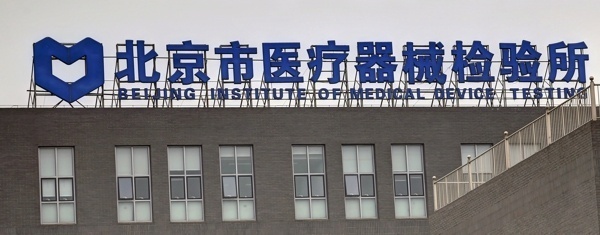

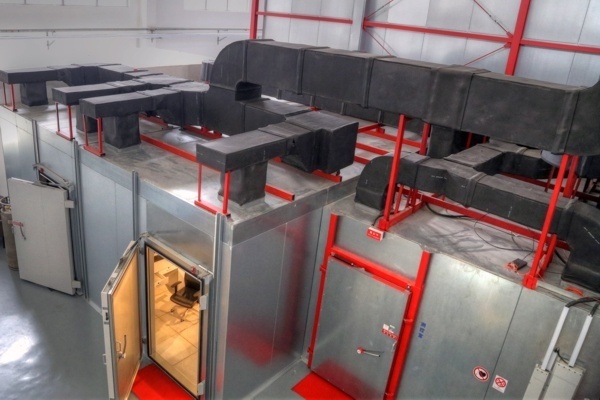


![IMAGE_Nanostim_Product_Shot[1]](https://www.implantable-device.com/wp-content/uploads/2013/10/IMAGE_Nanostim_Product_Shot1.jpg)

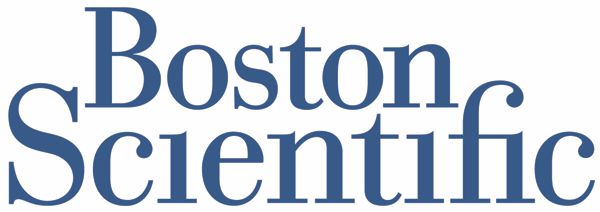
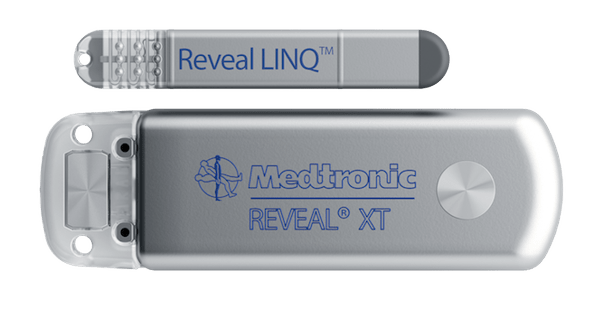
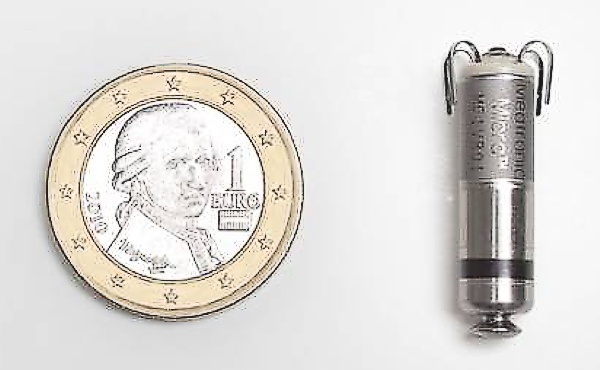
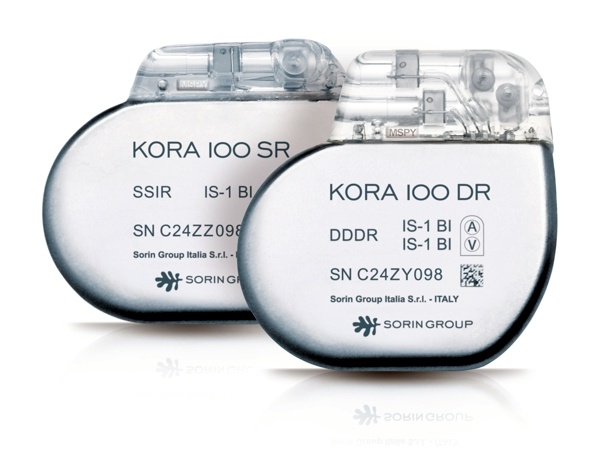
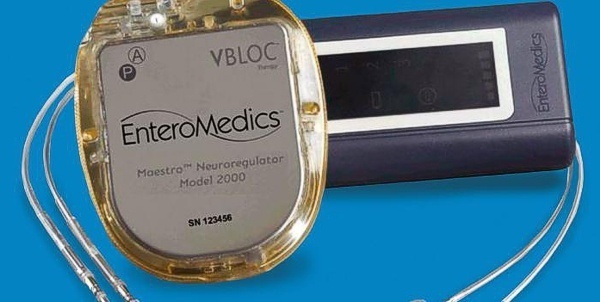

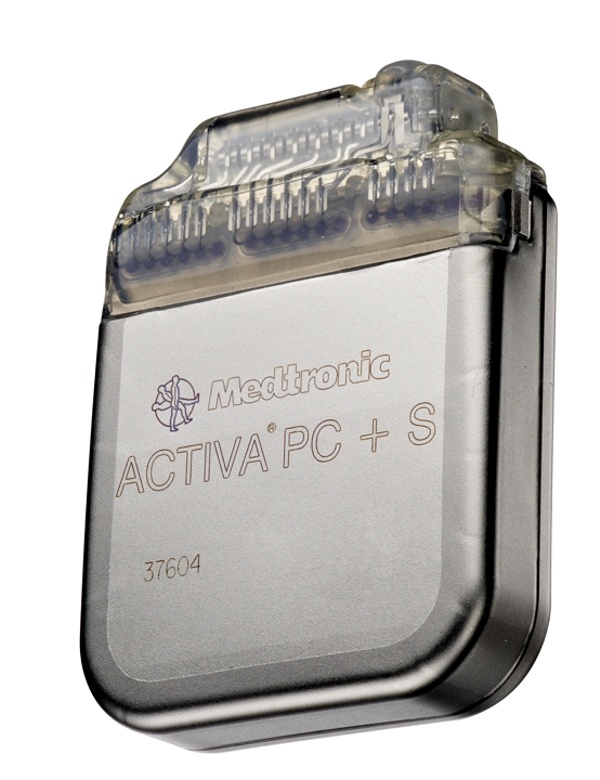
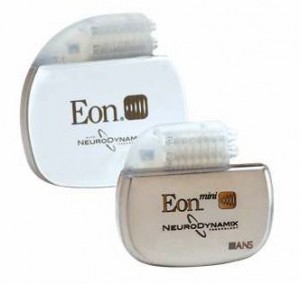
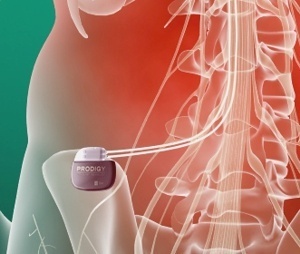 St. Jude announced today that it has initiated a clinical study of the Prodigy™ neurostimulator, which is the first SCS system able to deliver a proprietary mode of stimulation therapy called burst stimulation.
St. Jude announced today that it has initiated a clinical study of the Prodigy™ neurostimulator, which is the first SCS system able to deliver a proprietary mode of stimulation therapy called burst stimulation.